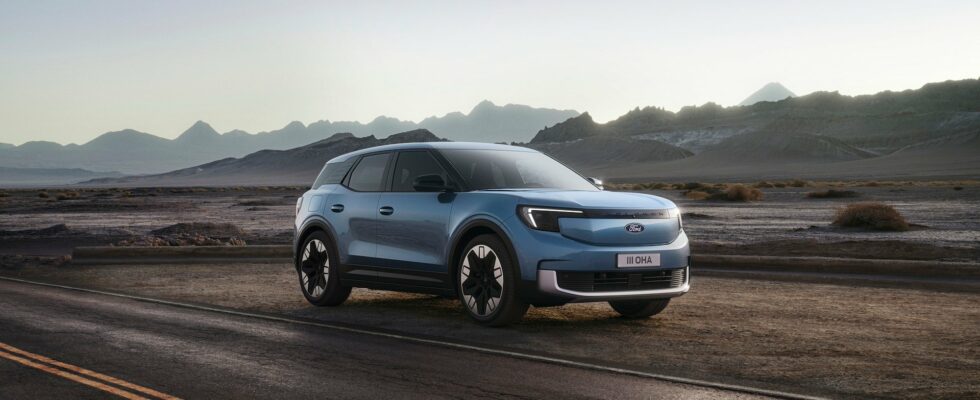That’s it: after several delays, the Ford Explorer is finally available. One thing intrigued us: its extremely low consumption. So we checked, and the electric Ford actually consumes less than its competitors, such as the Tesla Model Y or even the Volkswagen ID.4, on which the Ford is based! Here are all our numbers.
Despite an official presentation in March 2023, we remained without news of the Ford Explorer, the fault in particular of several delays. Our wait has just been rewarded, since Ford’s new electric car is finally available to orderenough to know its prices and all its characteristics.
Conclusion: fairly competitive prices, and autonomy that is just as competitive. Consumption, in particular, seemed to us extremely low, and we wanted to compare with the competition: Tesla Model Y, Renault Scénic E-Tech, but also the Skoda Enyaq and Volkswagen ID.4, which share their platforms with the Ford. Surprise: he beats them all!
The secrets of WLTP
Before going into the consumption and autonomy figures, we must look at the ways in which they are calculated. In Europe, the approval cycle is called the WLTPFor Worldwide harmonized Light vehicles Test Procedures. We have written you a complete file on the different cycles in the world, but let’s summarize.
To calculate consumption and autonomy, the car tested will carry out a driving cycledivided into four subparts : speed low (in town, for example), average, high (representative of peri-urban journeys) and extra-high (simulating a highway journey).
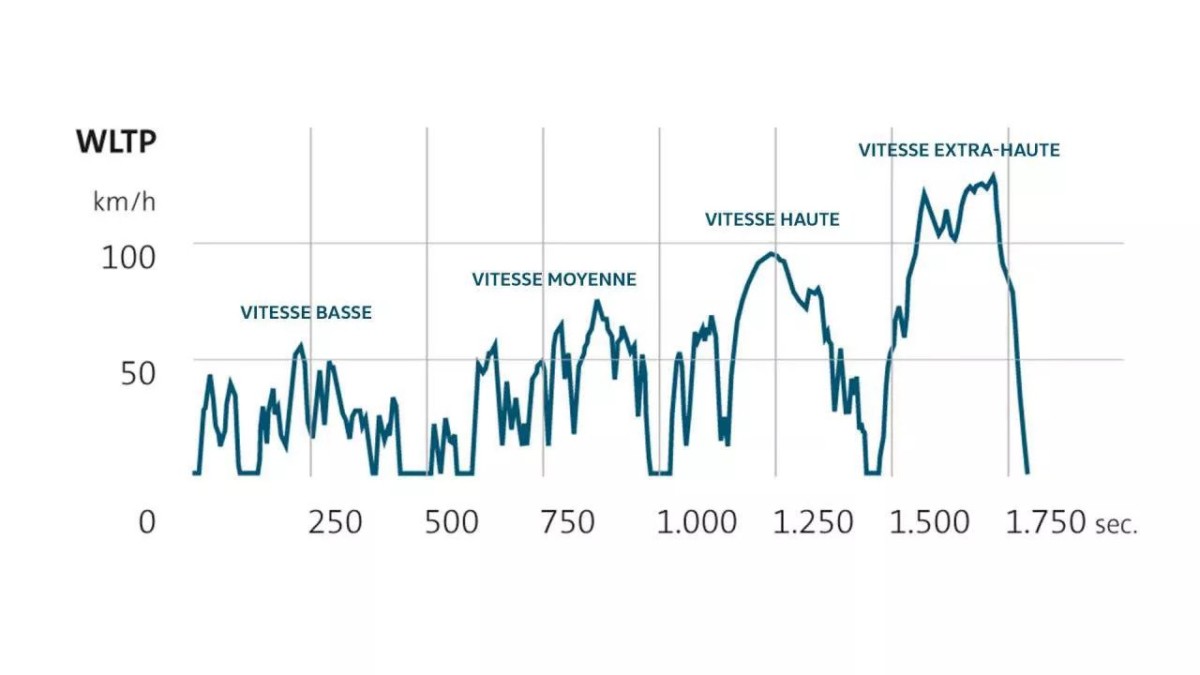
The average consumption, which includes recharging losses (therefore taking into account the efficiency of the charger), will thus be calculated. Be careful, however: the autonomy displayed is not the result of consumption multiplied by the capacity of the battery since it does not take into account the efficiency of the charger.
That’s the theory, let’s tackle the practice.
The student surpasses the master
Ford played the game by communicating to us all consumption on all cycles – manufacturers generally just indicate the average consumption, the only figure required.
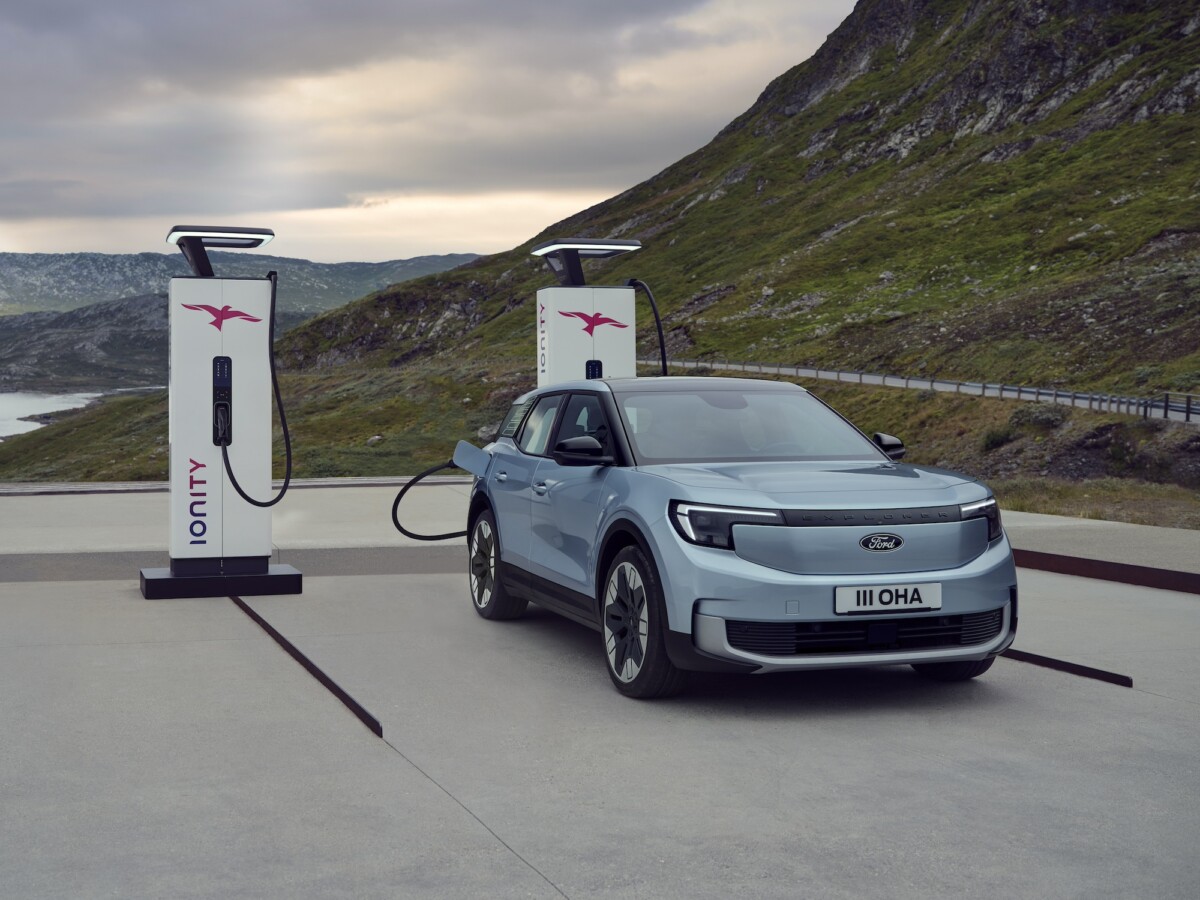
In short, the Ford Explorer is available in two versions:
- a version propulsion of 210 kW (285 hp) associated with an 82 kWh battery, of which 77 kWh usable;
- a two-motor version/four wheel drive of 250 kW (340 hp) associated with an 84 kWh battery, of which 79 kWh usable
A third, equipped with a small 52 kWh battery, will arrive in September 2024 and has not yet been approved. Here are the figures for the two versions available today:
| Explore Propulsion | Explore 4×4 | |
|---|---|---|
| Low speed consumption (kWh/100 km) | 10.5 | 12.0 |
| Average speed consumption (kWh/100 km) | 10.3 | 11.9 |
| High speed consumption (kWh/100 km) | 12.1 | 13.8 |
| Extra high speed consumption (kWh/100 km) | 18.2 | 20.4 |
| Combined consumption (kWh/100 km) | 13.8 | 15.6 |
| Combined range (km) | 602 | 566 |
| City autonomy (km) | 787 | 728 |
As we specified at the start of the article, Ford has resumed the MEB platform of the Volkswagen group to develop its Explorer, which means that it shares batteries and engines with, in particular, the Volkswagen ID.4.
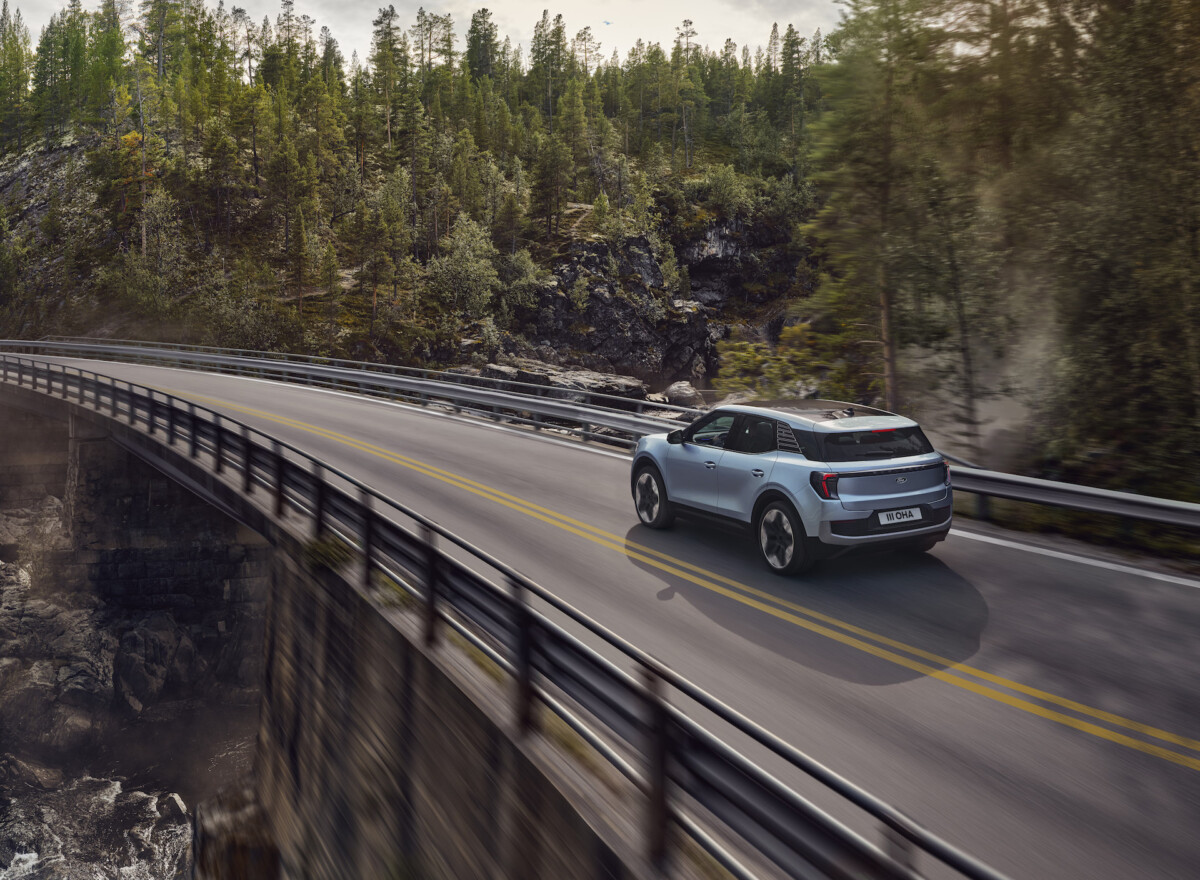
We could logically expect similar figures… but this is not not at all the case. See instead for the version propulsion :
| Explore Propulsion | ID.4 Propulsion | Difference (%) | |
|---|---|---|---|
| Low speed consumption (kWh/100 km) | 10.5 | 11.8 | +11.0 |
| Average speed consumption (kWh/100 km) | 10.3 | 12.6 | +18.2 |
| High speed consumption (kWh/100 km) | 12.1 | 14.7 | +17.7 |
| Extra high speed consumption (kWh/100 km) | 18.2 | 21.3 | +14.6 |
| Combined consumption (kWh/100 km) | 13.8 | 16.2 | +14.8 |
| Combined range (km) | 602 | 546 | -9.5 |
| City autonomy (km) | 787 | 707 | -10.8 |
Concerning consumption at extra-high speed, similar to consumption on the motorway, these additional 3.1 kWh/100 km may not seem like much.
However, when we multiply this difference with the 0.69 cents often requested per kilowatt hour in motorway stations, we arrive at a difference of 2.14 additional euros of electricity per 100 km. Put another way, it’s an additional 16.60 euros between Paris and Marseille !
This difference in consumption is found for the versions four wheel drive :
| Explore 4×4 | ID.4 4×4 | Difference (%) | |
|---|---|---|---|
| Low speed consumption (kWh/100 km) | 12.0 | 11.9 | -0.8 |
| Average speed consumption (kWh/100 km) | 11.9 | 13.2 | +9.8 |
| High speed consumption (kWh/100 km) | 13.8 | 15.3 | +9.8 |
| Extra high speed consumption (kWh/100 km) | 20.4 | 21.7 | +6.0 |
| Combined consumption (kWh/100 km) | 15.6 | 16.6 | +6.0 |
| Combined range (km) | 566 | 527 | -7.4 |
| City autonomy (km) | 728 | 681 | -6.9 |
In short, if the ID.4 catches up a little on its 4×4 version, the differences are extremely marked for the propulsion version, with sometimes more than 18% difference ! How was Ford able to achieve such a feat? To tell the truth… we don’t know.
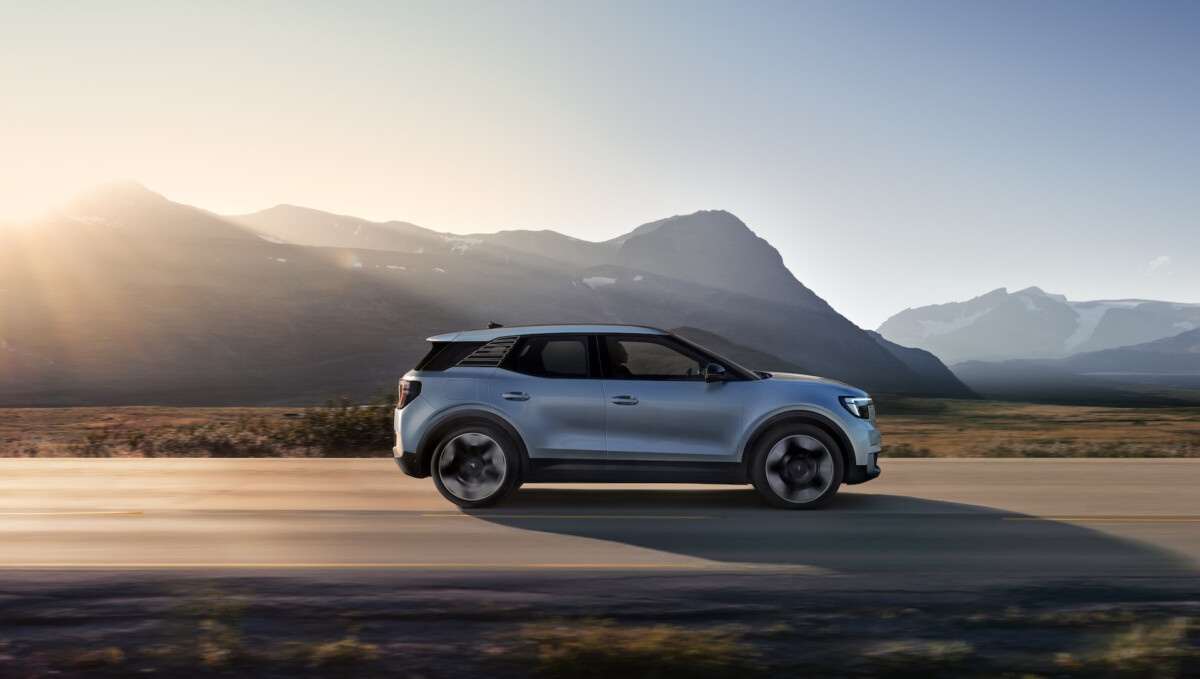
In terms of weight, the Explorer is a little lighter (2,015 kg for the rear-wheel drive version vs. 2,156 kg for the ID.4 and 2,092 kg for the Ford vs. 2,237 kg for the VW for the 4×4 versions), but this is not the day and the night.
The other major lever for reducing consumption concerns aerodynamics. If the air penetration coefficient (Cx) of the Volkswagen ID.4 is 0.28… Ford did not want to communicate the figure for the Explorer. A final hypothesis: different (and clearly better) management of power electronics. Mystery.
A dominance that is confirmed by the competition
And don’t think that the ID.4 is a bad student: the rest of the competition don’t do better. For now, the manufacturers have only given the combined WLTP consumption and autonomy, limiting the comparisons, but the idea is there.
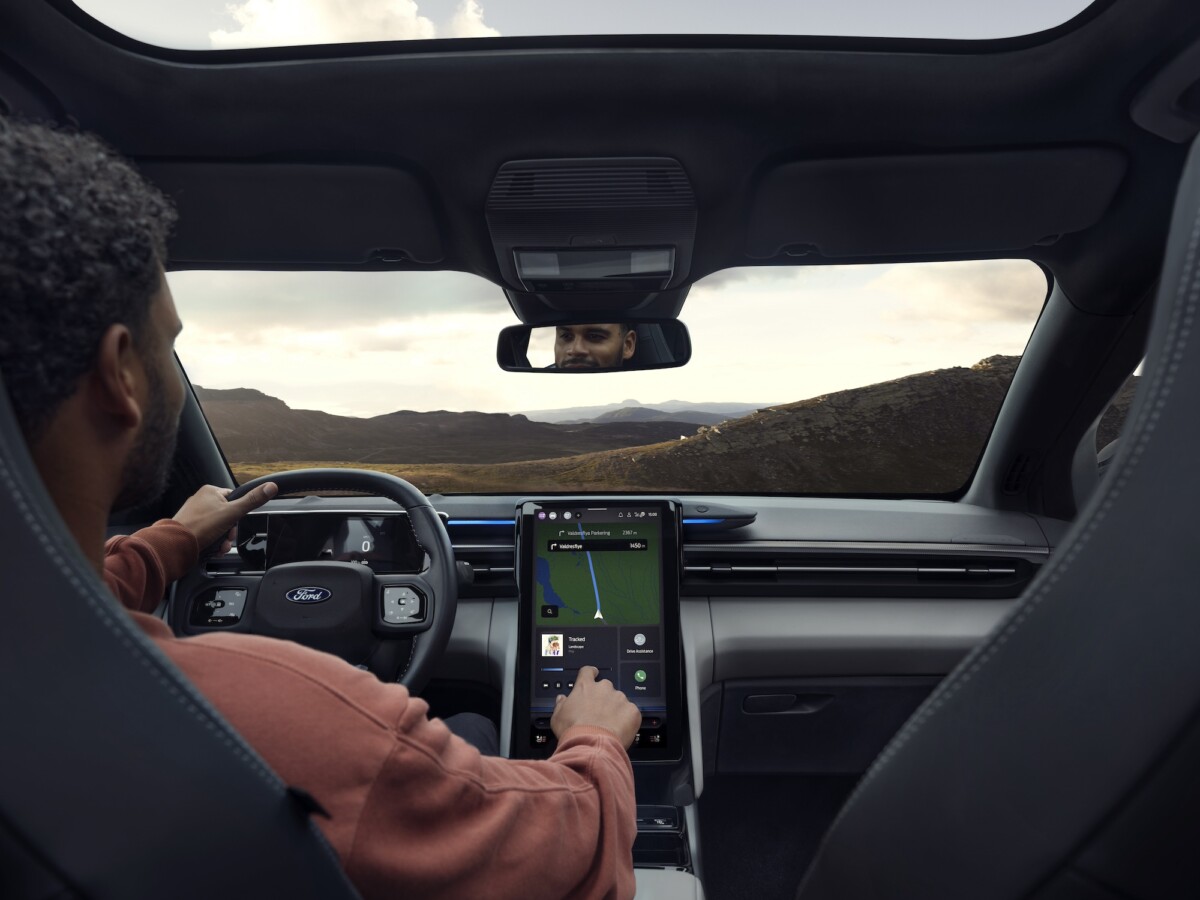
Thus, his other cousin, the Skoda Enyaqconsumes 14.8 kWh/100 km WLTP for a range of 545 km combined, i.e. 1 kWh more every 100 km compared to the Explorer, resulting in 57 km less in total in propulsion version. In the 4×4 version, consumption rises to 15.9 kWh/100 km WLTP (+0.3 kWh/100 km vs Explorer 4×4) and autonomy drops to 538 km WLTP (- 28 km).
Competition level, the Peugeot E-3008 is currently only available in rear-wheel drive, and displays 16.7 kWh/100 km WLTP combined (+ 2.9 kWh/100 km for the Explorer propu, i.e. a difference of 17.3% !) for a range of 527 km WLTP, but the Peugeot has a smaller battery.
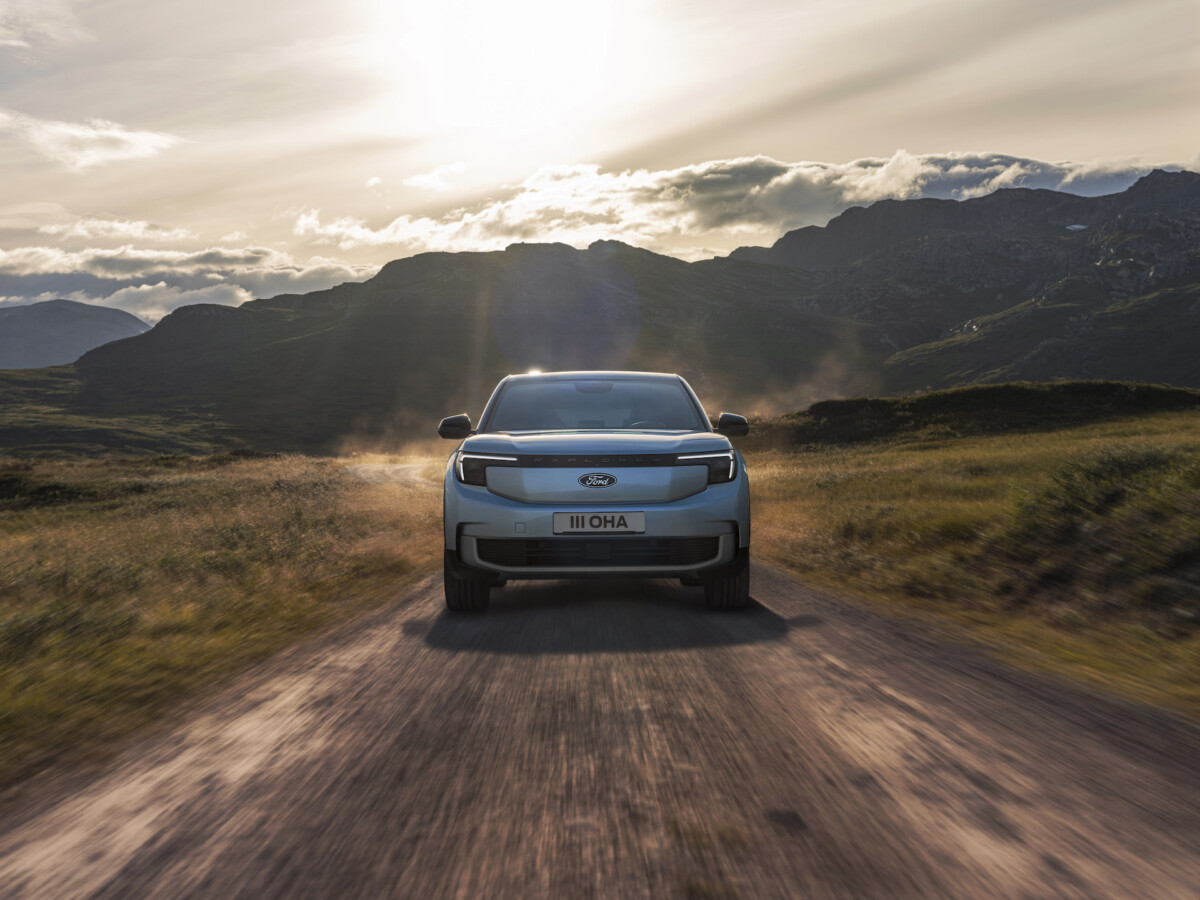
Same for the Renault Scénic E-Tech. It announces 16.3 kWh/100 km WLTP combined for the small battery (60 kWh) and 16.8 kWh/100 km for the large one (87 kWh), a respective difference of 15.3% and 17.6% with the rear-wheel drive version of the Ford Explorer. Too bad for the small battery: even with 17 kWh and 268 kg lighter than the Ford, which is enormous, the Renault cannot even match its consumption!
Let’s finish with the unmissable Tesla Model Y, a true star of the segment and renowned for its very low consumption. Failure: with 15.7 kWh/100 km WLTP combined for the propulsion version, it remains 1.9 kWh/100 km above, i.e. +12%. In the 4×4 version, the same: 16.9 kWh/100 km at Tesla compared to 15.6 kWh/100 km at Ford, a difference of +7.7%.
For the propulsion version, when we multiply this 1.9 kWh/100 km difference by the price of the kWh invoiced by EDF during home charging (between 0.12 and 0.25 euros depending on the period and your subscription), we ends up with a saving of between 22.8 and 47.5 euros for 10,000 km recharged by driving a Ford rather than a Tesla.
Conclusion: a theory that just needs to be confirmed
You will have understood: the Ford Explorer is indeed the electric SUV which consumes the least on the market. A remarkable result if it had been designed on a new platform… but very curious, given that it uses an existing base (and that the other cars based on it do much less well).
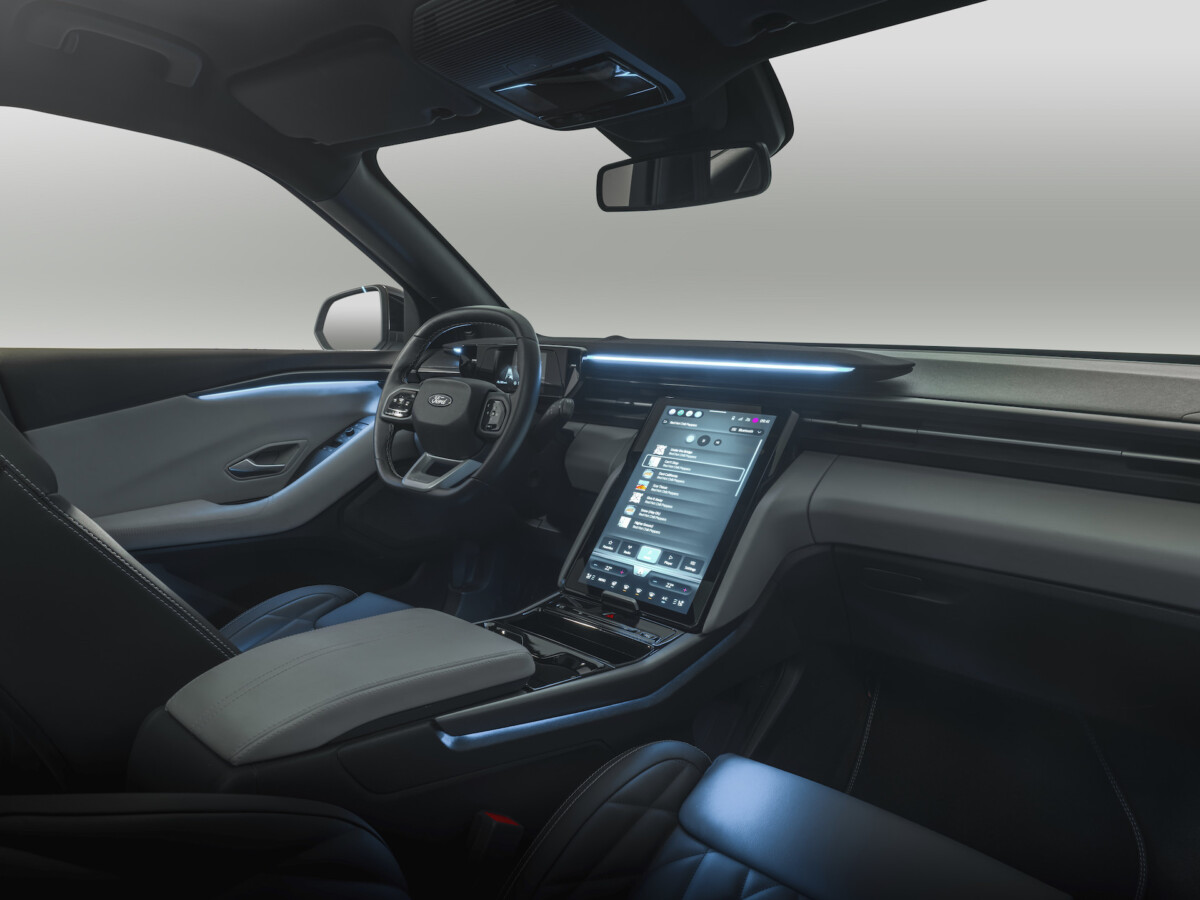
In short, two questions burn on our lips. The first: but how could Ford manage to obtain such scores? The second: are these figures found in real conditions? There is only one answer to this: test drive the car with product experts. We will keep you posted.
Want to find the best Frandroid articles on Google News? You can follow Frandroid on Google News in one click.
